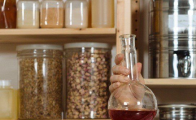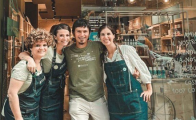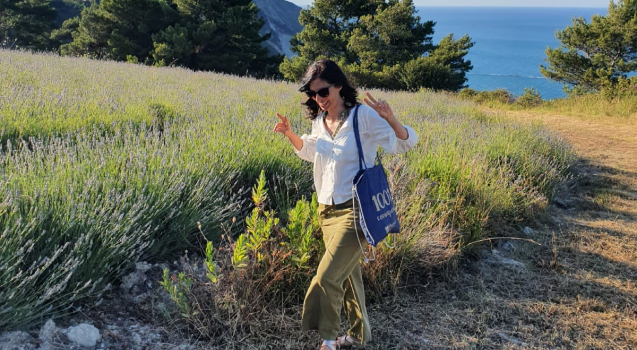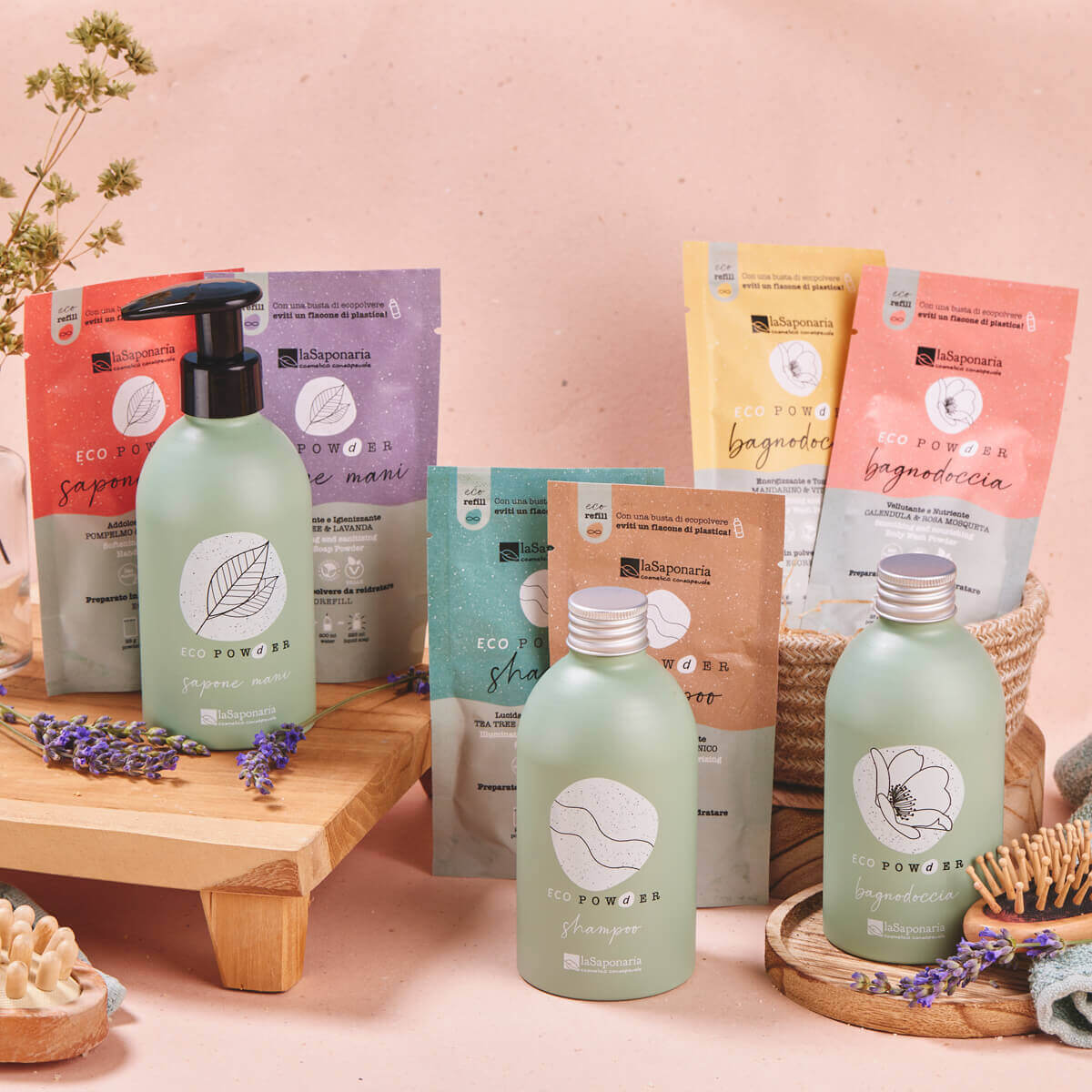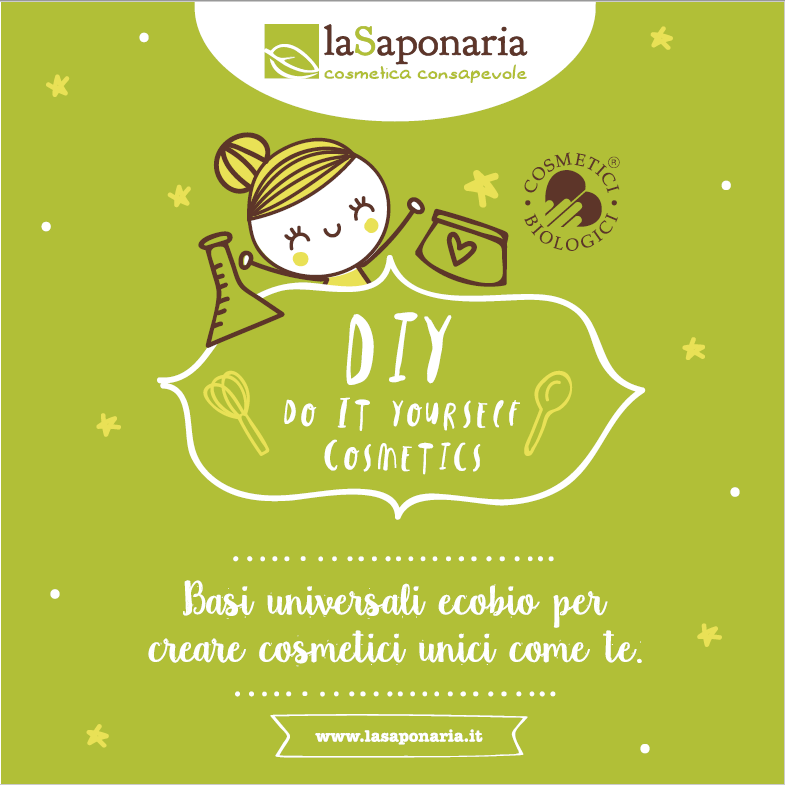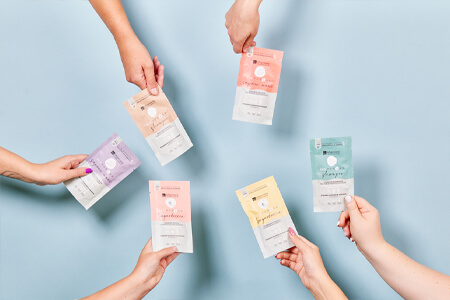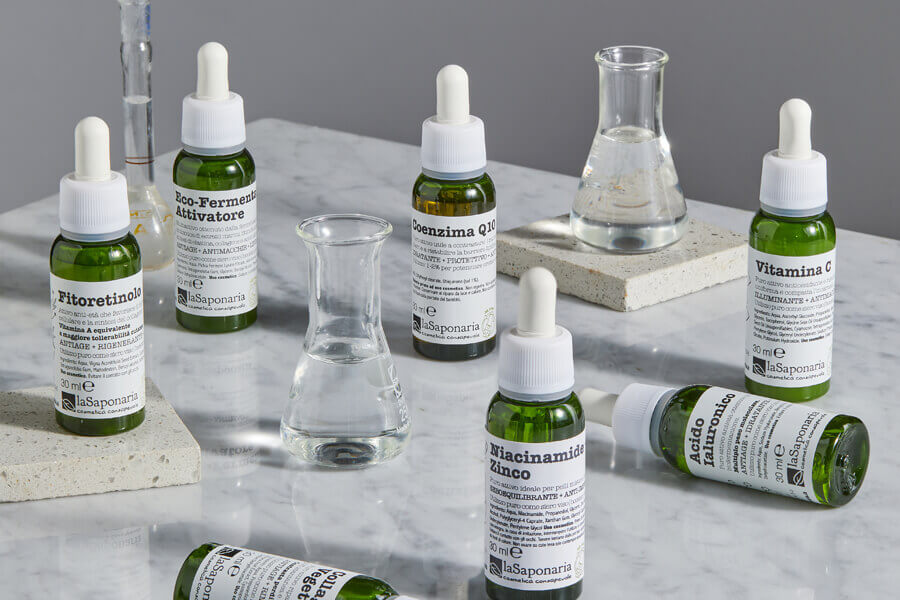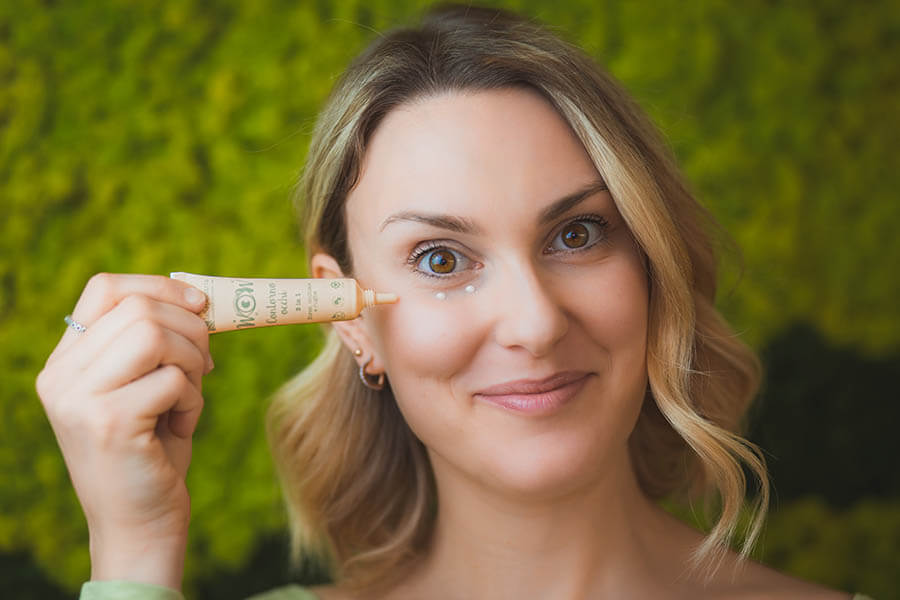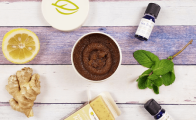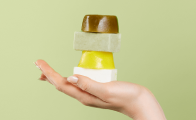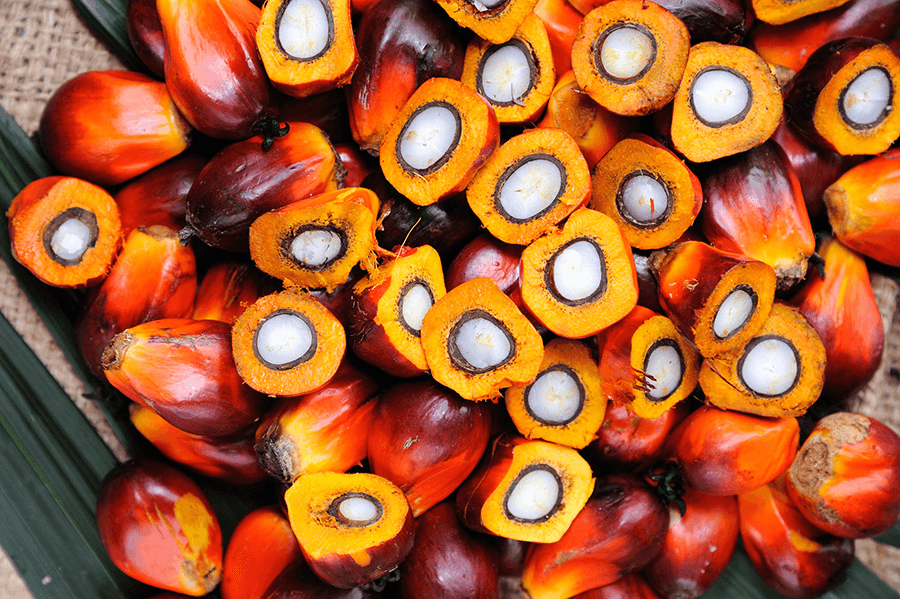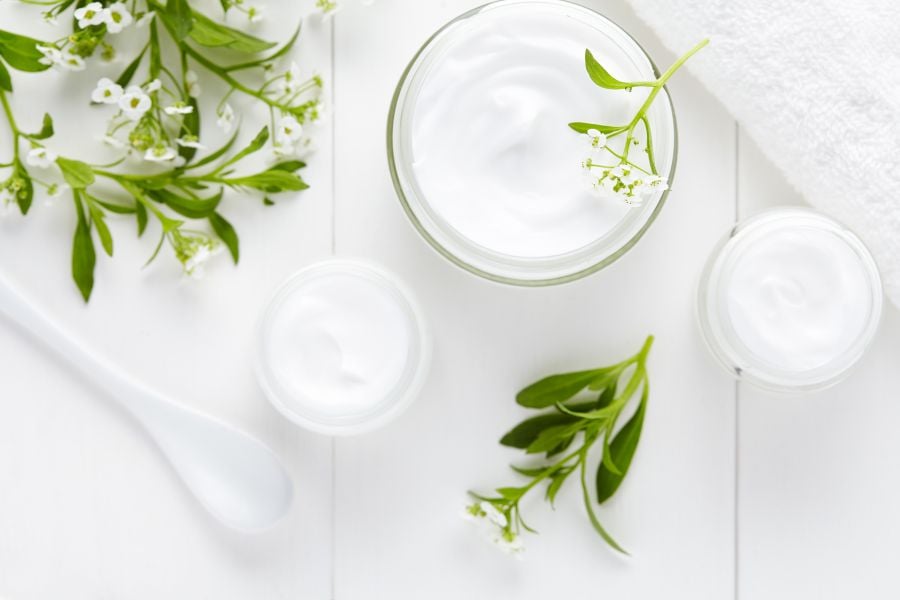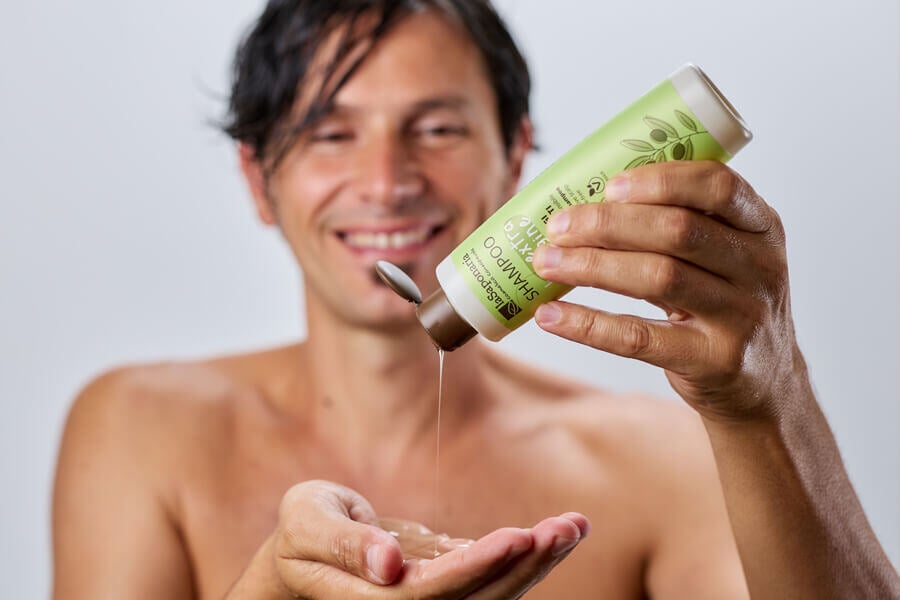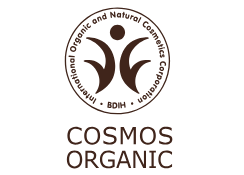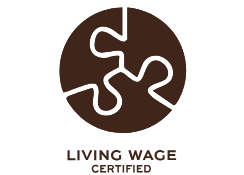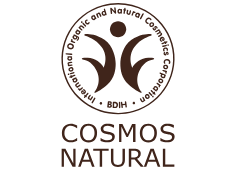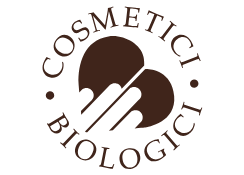The insights of La Saponaria
Palm oil: why it is more controversial than it seems
Palm oil: do you use it or not? Is it harmful to health? And to rainforests? Is it true that it is found in many cosmetic products? Is it useful to boycott it? Are there sustainable alternatives? Let’s see together how to give informed answers to all these legitimate questions.
Palm oil: what it is and why it is used
Palm oil is a vegetable oil that is obtained by pressing the fruits of the palm that are called drupes, similar to dates in shape and color. From the pulp of these fruits is extracted palm oil, from the pressing of the seeds instead, palmisto oil is extracted.
Palm oil has many uses in the food and cosmetics industry for a reason soon said: it is cheap and has high performance. It is odorless and retains its properties for a long time.
Anyone who tries to create a cake from the oven, a cake for example, knows that in addition to sugar you need to add a certain amount of fatty substances: oil or butter. The fats that give better structure and resistance to our cake, will be saturated fats. Palm oil is composed almost essentially of saturated fats: palmitic, stearic and lauric. Let’s also add its low cost and immediately understand why this ingredient is the favorite of the food industry.

The palm oil in cosmetics
Even when we engage in the self-production of cosmetics we well know that we need lipid substances to create our recipes. In cosmetics the lipid ingredients can have 3 types of origin:
- Chemical and petrochemical origin:
traditional cosmetics are full of them. Silicones, petrolatum, paraffin: they are perfect for creating cosmetic recipes, they are cheap and perform well. But what impact do they have on the environment? Very high, like all substances of petrochemical origin they are polluting and non-biodegradable. And what impact do they have on health? Here, opinions are divided: many argue that the use of cosmetics containing petroleum-derived ingredients is safe for health. We just want to remember that the skin is an organ, the largest in our body, and everything we feed it with is somehow absorbed into our body. We prefer to use raw materials of different origins, which are more natural and have less impact on the environment. - Animal origin:
beeswax, donkey’s milk, lanolin. The lipid substances of animal origin that are used in cosmetics are many. In any case, we have long chosen to create totally vegan cosmetics, trying in this way to impact as little as possible on the environment and the exploitation of its living beings. - Plant origin:
olive oil, coconut oil, sunflower oil, palm oil. The oils that are used in organic and vegan cosmetics can be of different origin. The cultivation of each of these varieties has its impact on nature globally. As a company we have always supported a short and controlled chain choosing for example for our soaps extra virgin olive oil. We never formulated products based on palm oil.
In cosmetics, however, the use of palm is not limited to oils and butters. In fact, palm oil is present as a precursor to many raw materials used in organic cosmetics, primarily emulsifiers (the ingredients needed to make creams)and surfactants (necessary for cleaning). Ingredients derived from palm oil are often difficult for consumers to recognise as they are not easily identifiable in the INCI list. These ingredients are also complicated for the cosmetic formulator to avoid: it is not always possible to identify alternatives of different origin for complex cosmetic forms, such as emulsions, for example.
The campaign to boycott palm oil
Since 2015, a very strong campaign of boycott of palm oil has started in Italy. The ingredient was placed in the dock for two main reasons: the first was that, when ingested, it was harmful to health, so rich in saturated fats dangerous for arteries and heart. There were also those who claimed it was carcinogenic, although then in 2016 a reassuring study came from the ESFA, the European Food Safety Authority that argued in short that it is difficult that concentrations really dangerous for health are reached with normal nutrition.
The second reason why palm oil ended up in the dock was that, to grow it, producers savagely deforested entire forests in Southeast Asia. To give the pulse of the situation, here are some official data: according to the Indonesian government, between 1990 and 2015 24 million hectares of rainforest were razed, to make way for palm plantations. Greenpeace's 'Final countdown' report (September 2018), reveals that since the end of 2015, another 130,000 hectares of forest have been destroyed, 40 per cent of it in Papua, one of the most biodiversity-rich regions on the Planet. (Source: Greenpeace.org)

Demonstrating how intense the debate was in 2015, It is sufficient to recall that at that time several legislative proposals were made calling for the elimination of products containing palm oil from both canteens and vending machines in public companies, as well as schools and hospitals. The Senate also discussed whether to opt for a complete ban on the use of this ingredient in food and cosmetics and also the possibility of increasing taxation on this ingredient.
Obviously, between 2015 and 2016, palm oil was the subject of numerous debates within the entire Italian media scenery: in some cases it was defended, but the detractors were the majority. There has been a real movement against palm oil which has led many consumers to opt for a boycott of all foods containing this ingredient. This has led many companies to review their recipes and to write in increasingly clear characters on the packaging of their products "without palm oil".
Are there sustainable alternatives to palm oil?
The problem of land consumption (land grabbing) resulting from wild deforestation to make room for oil palm plantations is not over and is still very serious.
The major producers of palm oil today are Indonesia and Malaysia: in these countries the consequences of deforestation are measured in terms of biodiversity, linked to the destruction of the habitat of many species, including the orangutan, but also repercussions such as the surge of greenhouse gases in the atmosphere and the disruption of hydrogeological planning of the territory.
To get a better idea, according to the WWF there are 193 species in serious danger of extinction, threatened and vulnerable due to the indiscriminate production of palm oil. In just 16 years (1999 - 2015) we have lost half of Borneo’s orangutans and more than three quarters of Tesso Nilo National Park, home to tigers, orangutans and elephants, has been turned into illegal oil palm plantations. (Source: wwf.panda.org)
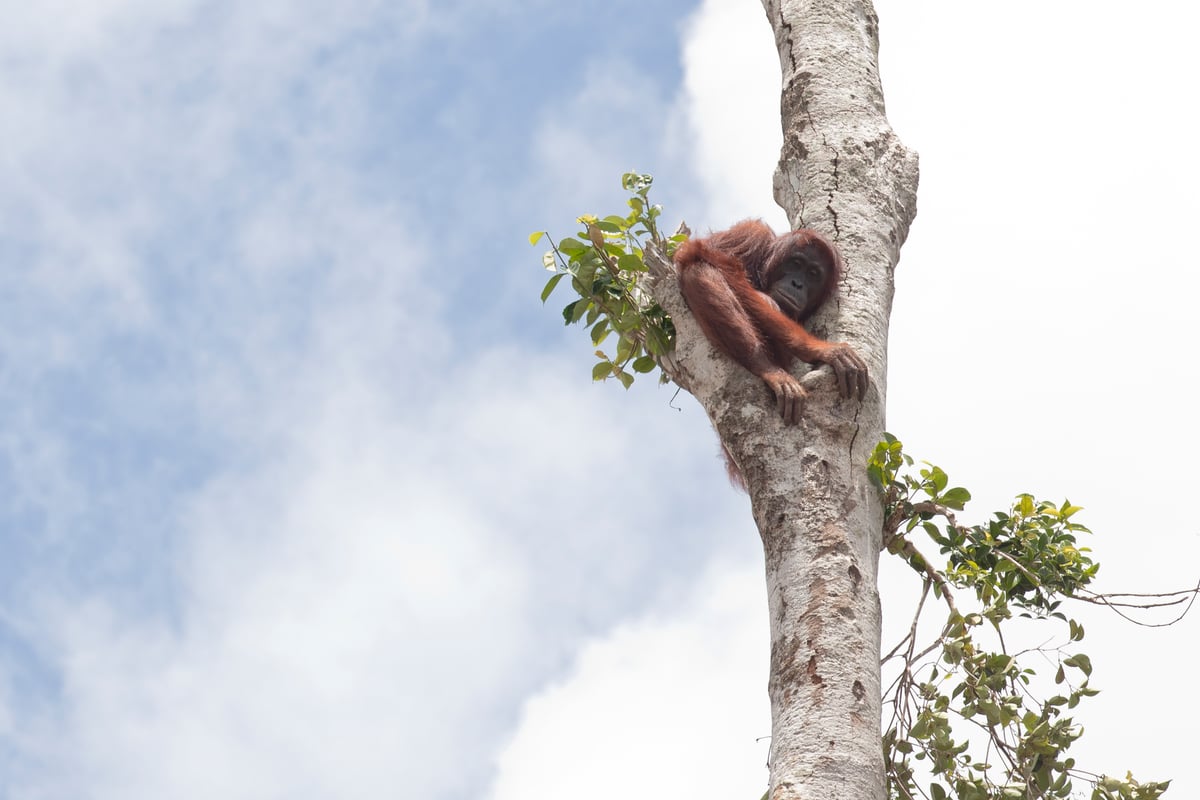
Deforestation also has a very high impact on local populations that are deprived of their lands. Small farmers often face pressure and threats to sell or rent their land to the government or to large multinationals, finding themselves overnight homeless and homeless. The sale and purchase of land generally takes place under conditions of poor transparency, exploiting the weakness of local political institutions or through corruption. Frequently, also, the conditions of those who work in oil palm plantations are dramatic, as documented also in Amnesty International’s report "The great palm oil scandal" (2016).
However, one has to ask: what would happen if, instead of palms, we had to obtain the same volume of oil from other plants?
One of the main characteristics of the oil palm is that it bears fruit throughout the year and provides 8 to 15 fruit helmets every twelve months. Each bunch can weigh 15 to 25 kilograms and contain more than 1000 drupes, fruits similar to dates, up to even 1300: in short, among all oil plants, the palm is the most efficient crop in terms of yield per unit of cultivated area.
Suffice it to say that from a hectare of oil palms are obtained almost five times the oil that produces a hectare cultivated with peanut plants, and seven times that of a hectare of sunflowers. Not to mention all the consequences that the extension of crops would have on the consumption of water, fertilizers and pesticides.
So what we’re asking ourselves today is: are there truly sustainable alternatives to palm oil globally?
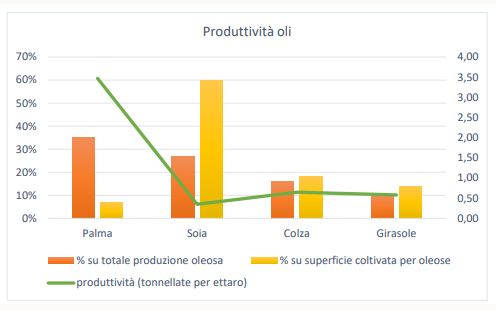
Greenpeace’s position against the boycott
According to Greenpeace no, there are currently no truly sustainable alternatives. That is why Greenpeace does not support the boycott of products containing palm oil.
According to the well-known environmental association "the risk of palm oil being replaced by intensive exploitation of other oil crops is high and the environmental impacts could be even worse. However, it is essential that palm oil producers and the multinationals that sell and use it, assume their responsibilities and act concretely by 2020 to removes palm oil from the market, that destroys forests and violates human rights".
What they propose is therefore a sustainable palm oil, made in full respect of the times and spaces of nature and also the living conditions of workers.
To do this, responsible companies must obtain certified palm oil.

The certifications of palm oil
The best known certification body for palm oil, established in 2004, is the Roundtable on Sustainable Palm Oil (RSPO). It is a body that guarantees the standards of many producers. At times, however, it has proven to be not entirely reliable. According to Greenpeace, "within the RSPO there are also companies that are not able to guarantee that phenomena such as deforestation or practices such as the burning of peat bogs do not occur in their production chain."
The Palm Oil Innovations Group (POIG) was created with the aim of strengthening and raising the standards of the RSPO, a tool capable of measuring environmental responsibility, partnerships with local communities and corporate and product integrity (i.e. transparency, traceability and sustainability in the supply chain and disclosure of environmental and social performance).
The POIG is therefore not a certification system, but ensures that the commitment against deforestation taken by a company is formalized by an agreement and can be verified by third parties.
In 2023 there are encouraging signs from the European Union: no more raw materials that cause deforestation! From now on, palm oil, soya beans and coffee, to name but a few, will only be able to enter the European single market if they are accompanied by documentation showing that people and the environment have not been exploited for their creation.
The anti-deforestation regulation was approved and entered into force on 29 June 2023. The date of application will be 30 December 2024 while for micro and small enterprises, it will be 30 June 2025. We talked about it on our Instagram profile:
How does La Saponaria deal with palm oil
We have never used palm oil as the basis for our recipes and we will never use it because our choice is to use a short, ethical and sustainable supply chain, which we go through whenever possible.
In our formulation choices, we try, as far as possible, to minimise the use of ingredients derived from palm or containing even small traces of it.
For this reason, in addition to sensory evaluation and product efficacy, we have chosen ingredients such as our glycerine (which is derived from olive oil, whereas this ingredient often originates from palm) or Polyglyceryl-3 Rice Branate (an emulsifier derived from rice) rather than the more widely used palm derivatives.
When it has not been possible for us, at a technical level, to avoid the use of palm derivatives, we have asked and are continuing to urge our suppliers to offer ethical and environmental guarantees in the use of oil palm.
The palm cultivation chain used for the derivatives we use is certified RSPO (Roundtable on Sustainable Palm Oil). We know that it is not the perfect solution: it is certainly a good starting point, but we believe that more can be done to address this delicate issue.
The answer, as we have seen, is not to completely exclude the use of the palm and its derivatives from the cosmetic world, but rather to ensure that this chain is sustainable and responsible, putting the word STOP to the processes of deforestation and uncontrolled exploitation of the resources of our planet.
This can be done by pushing and encouraging manufacturers to improve standards and move towards the adoption of Poig. That’s what we’re doing, and we’re going to keep doing. If we are in many cosmetic companies to make these requests and, together with us, consumers aware to support them, things can only change for the better. In this sense, the European Regulation against deforestation is also moving and we think that the path traced is right.
As always we fight alongside the Planet and we want to do our best to leave the world a little better than we found it.
Sources:
The case of palm oil - Cà Foscari Master's thesis
The true story of palm oil - Greenpeace.org
Breaking the chain between savage deforestation and palm oil - Greenpeace.org
The Great Palm Oil Scandal (2016) - Amnesty International
Eyes on the forest - wwf.panda.org

Written by Simona
She is La Saponaria’s digital writer: always juggling a newsletter to send and a blog article to publish, she lovingly takes care of our social media channels and our e-commerce.



